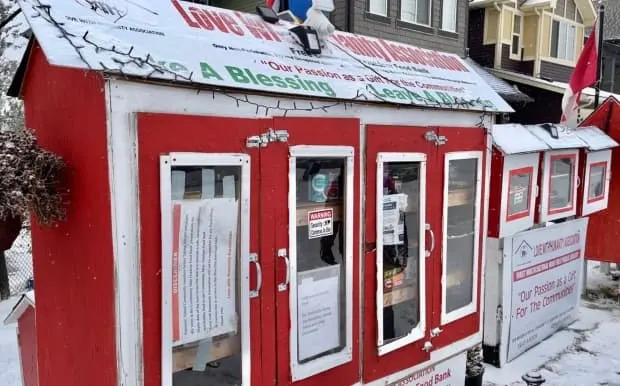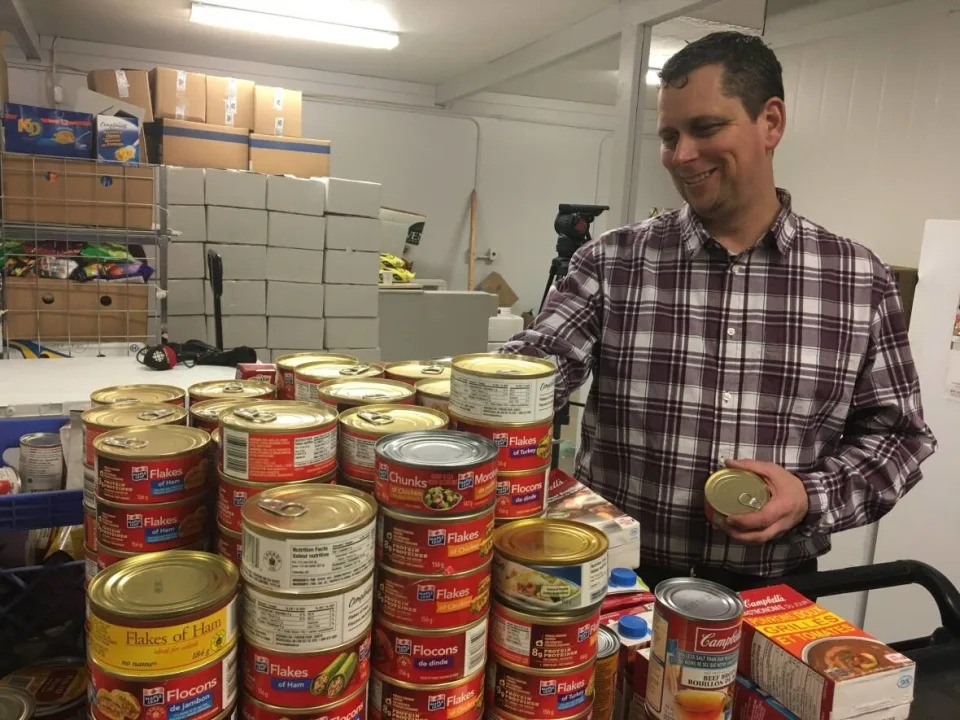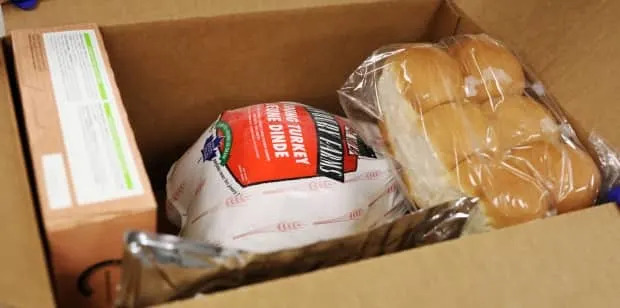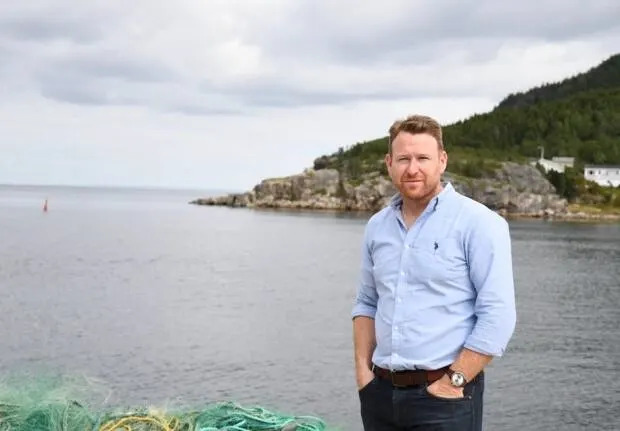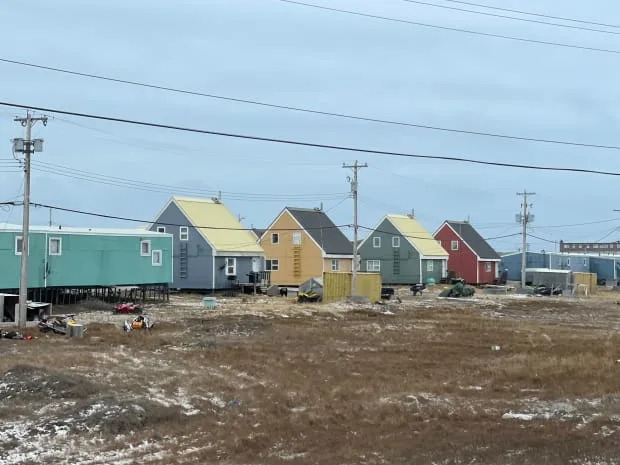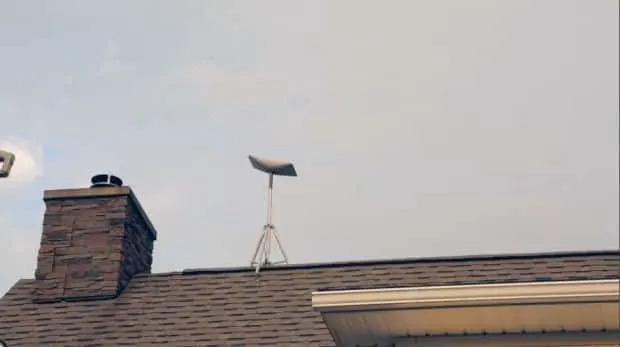Thu, December 1, 2022
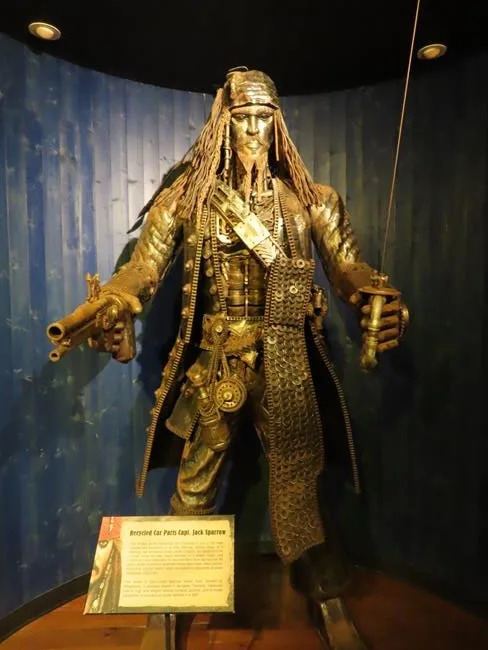
ATLANTIC CITY, N.J. (AP) — Believe it or not, an iconic part of the Atlantic City Boardwalk is closing soon.
The Ripley's Believe It Or Not! museum said Thursday that it will close on Dec. 31 after more than 26 years of tempting Boardwalk strollers with oddities including shrunken heads, mutant animals and models of unbelievably tall or small humans.
The building that houses the museum is an instantly recognizable feature of the Boardwalk. It is designed with a giant globe that appears to have smashed into the front of the building and wedged part of the way inside it, cracking the foundation from top to bottom. (The actual foundation of the building remains intact.)
“We’re grateful for the support of our fans and guests, whose curiosity, open-mindedness, and enthusiasm have contributed to our success for over 26 years,” Chris Connelly, the museum's manager, said in a statement. “We’re thankful to have offered a unique form of entertainment and education at the Jersey Shore, and we hope we have helped create wonderful memories for those who have come to visit.”
Connelly said the museum is closing because its local franchisee is reaching the end of its agreement with Ripley's.
“They're going to reimagine the space and come up with something new and fresh for the future,” he said.
The future of the famous facade is uncertain, although it is possible it may be incorporated into a future use, Connelly said.
The museum opened on the Boardwalk at New York Avenue on June 22, 1996 between the Bally's and Resorts casinos.
It became popular with families looking for non-gambling entertainment, gamblers taking a break from the action, and curious passersby.
It has 14 themed galleries and over 400 exhibits. They include a spider made out of scissors and knives, a roulette table made of 14,000 jelly beans, and what it describes as the world's smallest production car.
Ripley's also debunked several carnival-show oddities, including what purported to be the skeleton of a mermaid, but which was actually a monkey skull sewn to a fish tail.
___
Follow Wayne Parry on Twitter at www.twitter.com/WayneParryAC
Wayne Parry, The Associated Press




